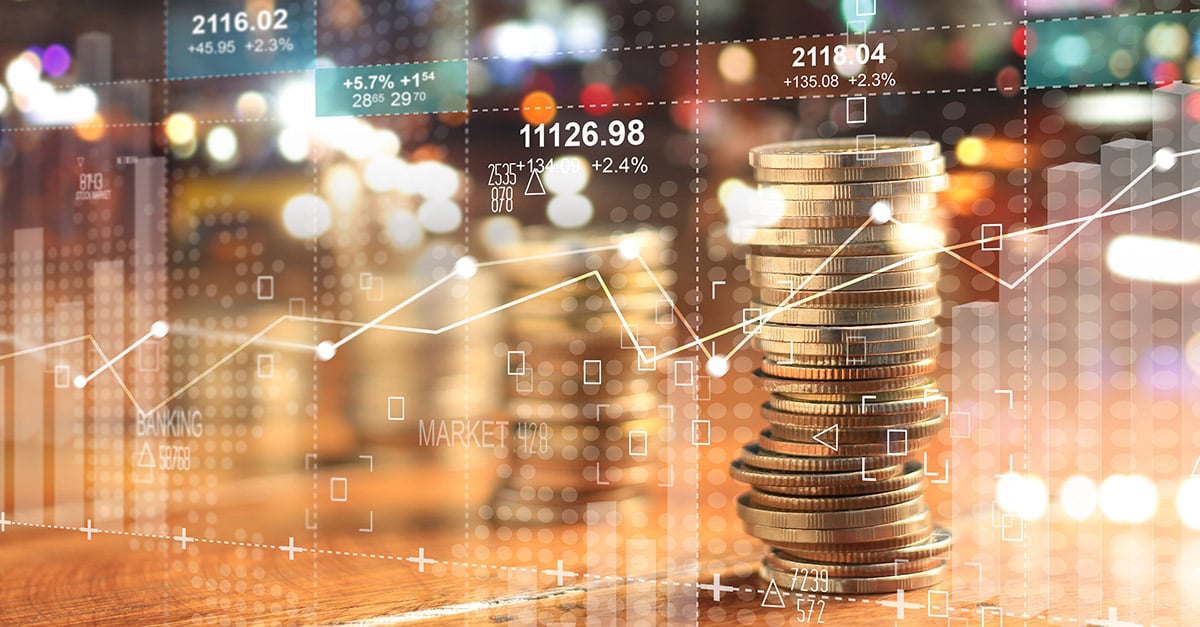Solutions Enhanced: Capital Market Assumptions 2022 Making a transition

The end of 2021 saw a continuing reminder of the impact of coronavirus, inflation occurring in major economies, and the world waking up to the stark choices presented by the climate emergency. We set out the expectations for what all this could mean for investors over the next five years and in the longer run. These capital market assumptions form the base case we use when constructing strategic asset allocations for clients.
Investment team updates – Market updates 4 March 2022

Latest news from around the investment desks.
Volatilität 2022 mit aktivem Ansatz bewältigen

Die globalen Aktienmärkte werden immer volatiler. Weitverbreitete Befürchtungen über steigende Zinssätze und höhere Inflationsraten, das Ende der fiskalpolitischen Anreize in vielen Regionen und geopolitische Spannungen setzen ihnen schwer zu.
In Credit Weekly Snapshot – February 2022

Our fixed income team provide their weekly snapshot of market events.
In Credit Weekly Snapshot – January 2022

Our fixed income team provide their weekly snapshot of market events.
Investment team updates – Bullet points 21 January 2022

Latest news from around the investment desks.
Investment team updates – Bullet points 7 January 2022

Latest news from around the investment desks.
In Credit Weekly Snapshot – December 2021

Our fixed income team provide their weekly snapshot of market events.
Fixed income: from recovery to expansion

Gene Tannuzzo talks about an expectation that 2022 will see the market narrative transition to the traditional expansionary phase of the business cycle, and we round up the Macro/Government Bonds, Investment Grade and High Yield spheres
Changing monetary environment sets the backdrop for a year of change in 2022

2022 will be marked by a role-reversal in monetary policy: crisis support, stimulus and spending replaced by recovery, repair, reduced fiscal stimulus and a return towards “normal”.
